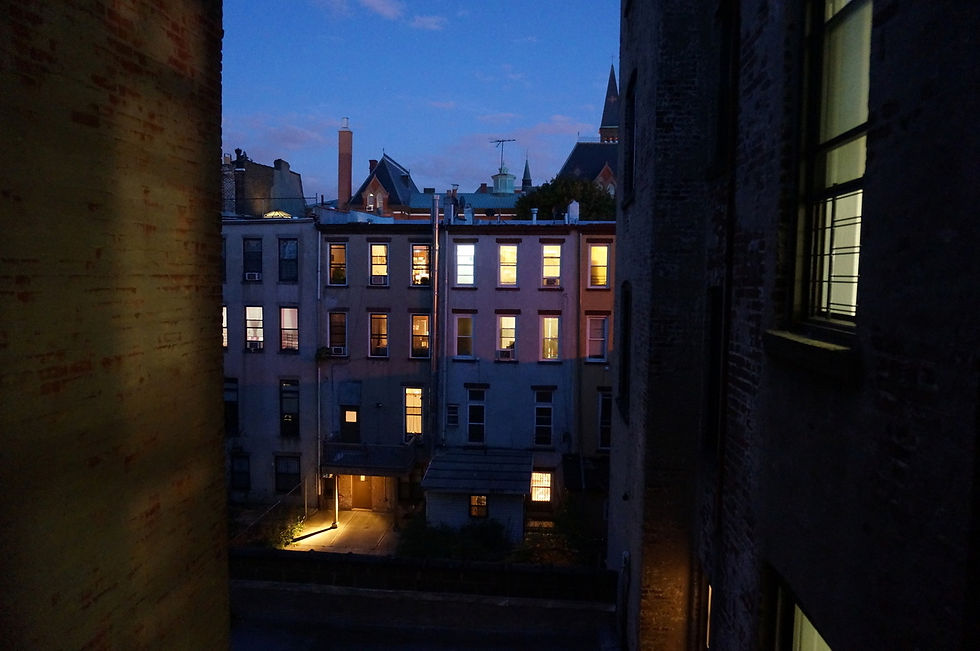



CRP 165
Albuquerque, NM
Kelly
ore
10/8/2019

Kelly Ore is a graduate from Central New Mexico Community College. She is a junior at the University of New Mexico, pursuing a degree in Political Science with a minor in Community and Regional Planning. Kelly is a certified Community Health Worker and is interesting in environmental justice and contributing to a sustainable future for her family. Kelly is looking forward to Lobbying for an organization after she gets her Bachelors's degree.
The topic that impacted me most in Community and Regional Planning course at UNM, was urban sprawl and the effects of urban sprawl. A culturally strong community can be appealing to visitors and prospective community members, but it can also be hard when a community is rundown, lacking resources, and lacking the benefits of modernization. Urban sprawl by definition is the expansion of an urban area, which contributes to a seemingly diminished neighborhood. Urban sprawl can have negative effects on communities because vacant spaces or abandoned buildings are left in existing urban areas. Utilizing space and promoting the health of a community’s culture can make that part of the city more desirable. Instead of expanding city boundaries through urban sprawl, sometimes an innovative method could include revitalizing an existing community.
Creating events for the community, bringing jobs to the area, and establishing new venues that appeal to visitors can lift a rundown area. Having a strong community means bringing together a design that utilizes space and promotes functionality through community resources and infrastructure. The renewal of existing developments can help the functionality of an area, create more revenue through utilizing space, and keep the community together in tighter premises. Whenever there is the expansion to the city, there is the creation of new environments, cultures, and social atmospheres; this can lead to a unique space that represents a culture of an area, contributing to a more diversified national identity.
Certain countries represent their national identity through cultural architecture; but in all of America’s diversity, it can be difficult to portray a singular national identity through design. One attempt was made to represent America’s national identity through architectural design at the World Columbian Exposition. When a natural disaster rips through an area; the devastation can be so bad that it needs to be rebuilt with new attractions for a new community. For example, a huge fire swept through Chicago in 1871, burning down most of the city. Chicago needed to rebuild in a way to draw people in. The planners decided to implement a form of national identity into the design. The Columbian Exposition was nearly 700 acres of extravagant buildings, fountains, statues, and other attractions. The design was completely white and took only 3 years to construct. It was given the nickname “the white city,” in an attempt to incorporate America’s national identity.
The initial attraction of the city brought in 14 million tourists. Although popular, the overall infrastructure was weak, and burnt down shortly after being built, in 1983. The design was made to look like solid stone, but in reality, it was wooden frames covered in plaster, and that is why it burnt down. The concept behind the white city was to be inclusive of a diversity of cultures. It included a small strip of various cultural marketplaces, but these stands were inauthentic, only for show, and were only a fraction of the whole. The problem with the national representation at the Columbian Exposition was that the grandiose of the city was built to represent the majority of citizens through white nationality. Diversity has always had roots in America but talking about it can be hard because it is often construed.
The reason I was personally impacted by these topics is because my hometown is extremely culturally diverse. My experiences as a child were always good when I was able to visit the houses of friends from different cultural backgrounds. My hometown is not just about the diversity of people; cultures are rooted in different parts of town, often in the communities that I consider most beautiful to me. The Historic Route 66 of Downtown and Old Town has always been one of my favorite places architecturally.
It was always a disappointment for me to see the old vacated hotels the farther I traveled east on Route 66. These old hotels have been a trademark for Route 66; but for so long they remained hazardous for the area, and I never remembered seeing them as habitable growing up. Finally, some rejuvenation happened there and the old buildings got completely redone. I think the buildings fit in perfect, while still holding a sense of cultural history with modern touches.
As for the national identity of the United States, I think there is room to design a city that can be both aesthetic and representative of culture while still being sustainably efficient. While challenges exist, I don’t see any reason why future designs can’t incorporate my generations new movements towards green energy and strength within our communities. Being open to other cultures and ideas can make American’s grow and in my own future work as a planner, I want to work towards a path of inclusivity for different cultural approaches in the community.